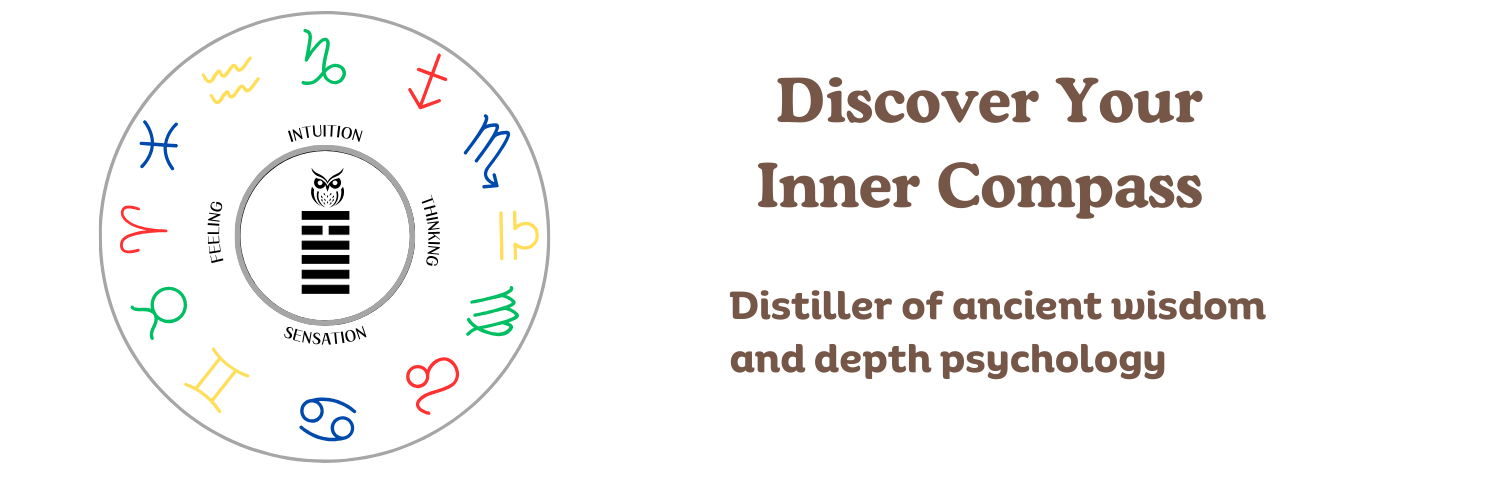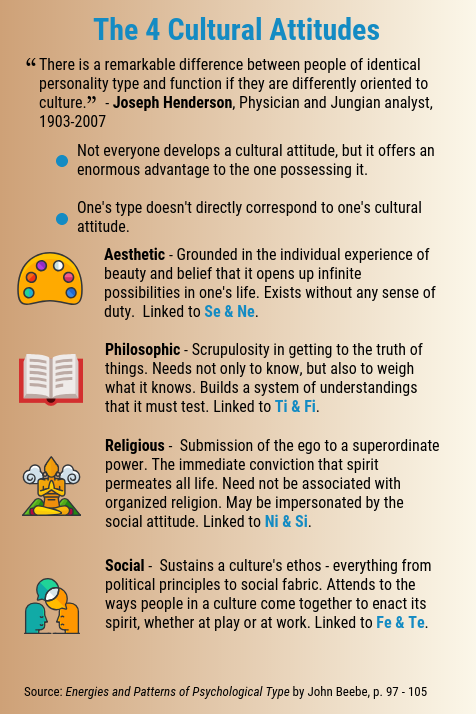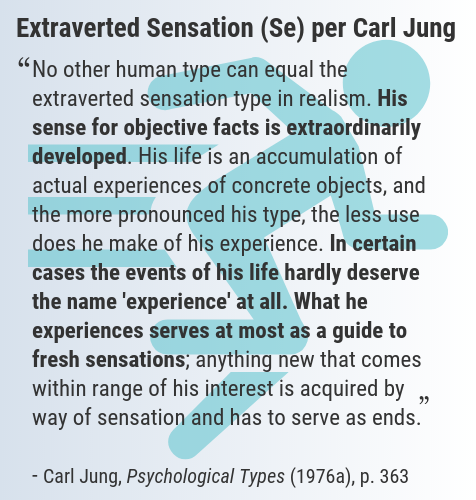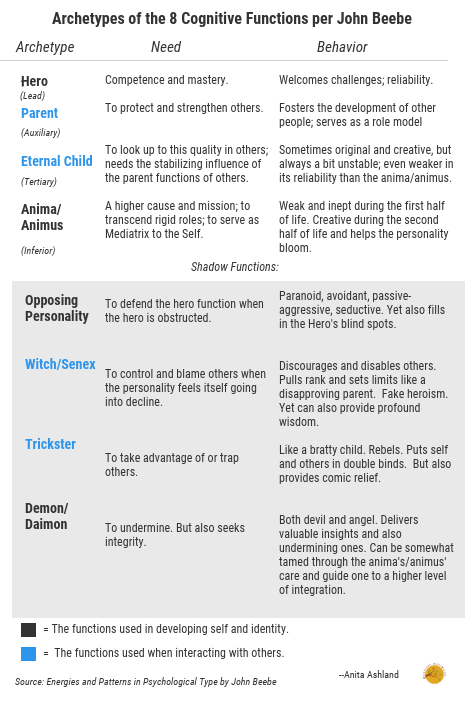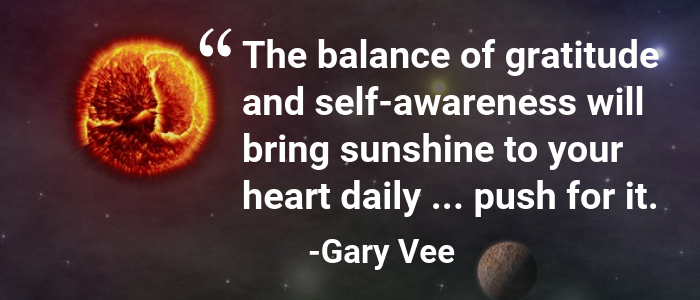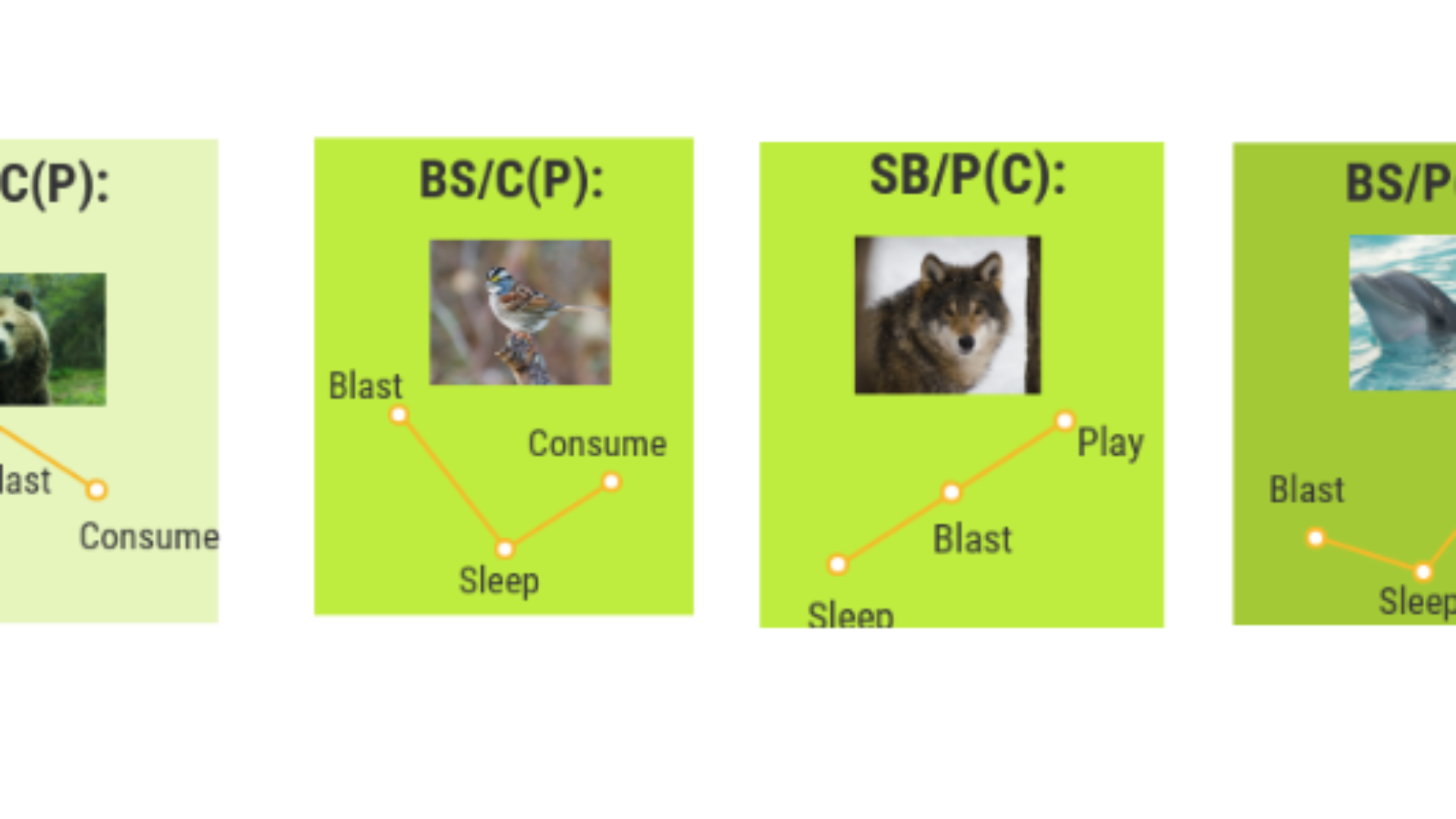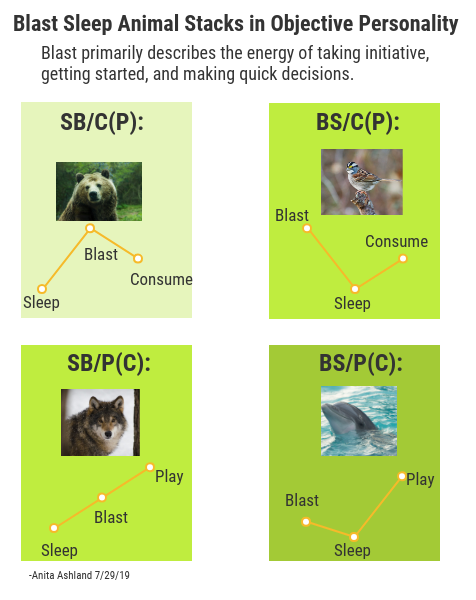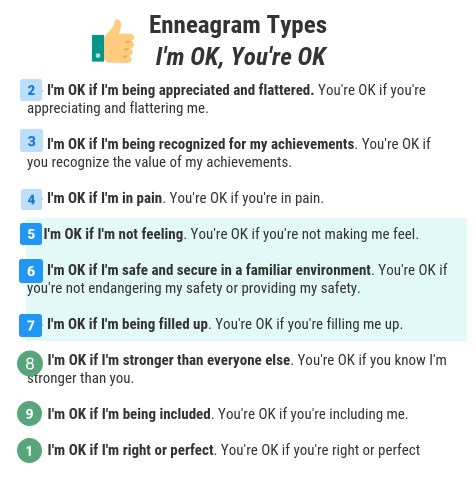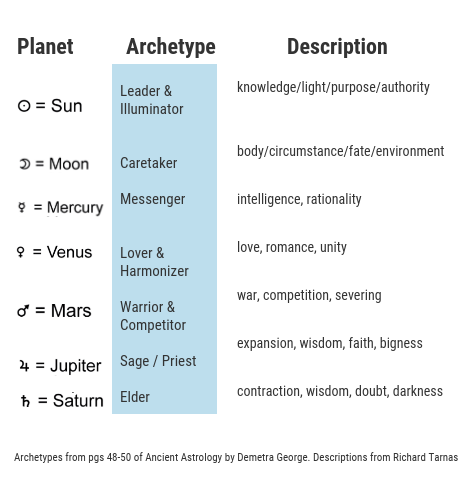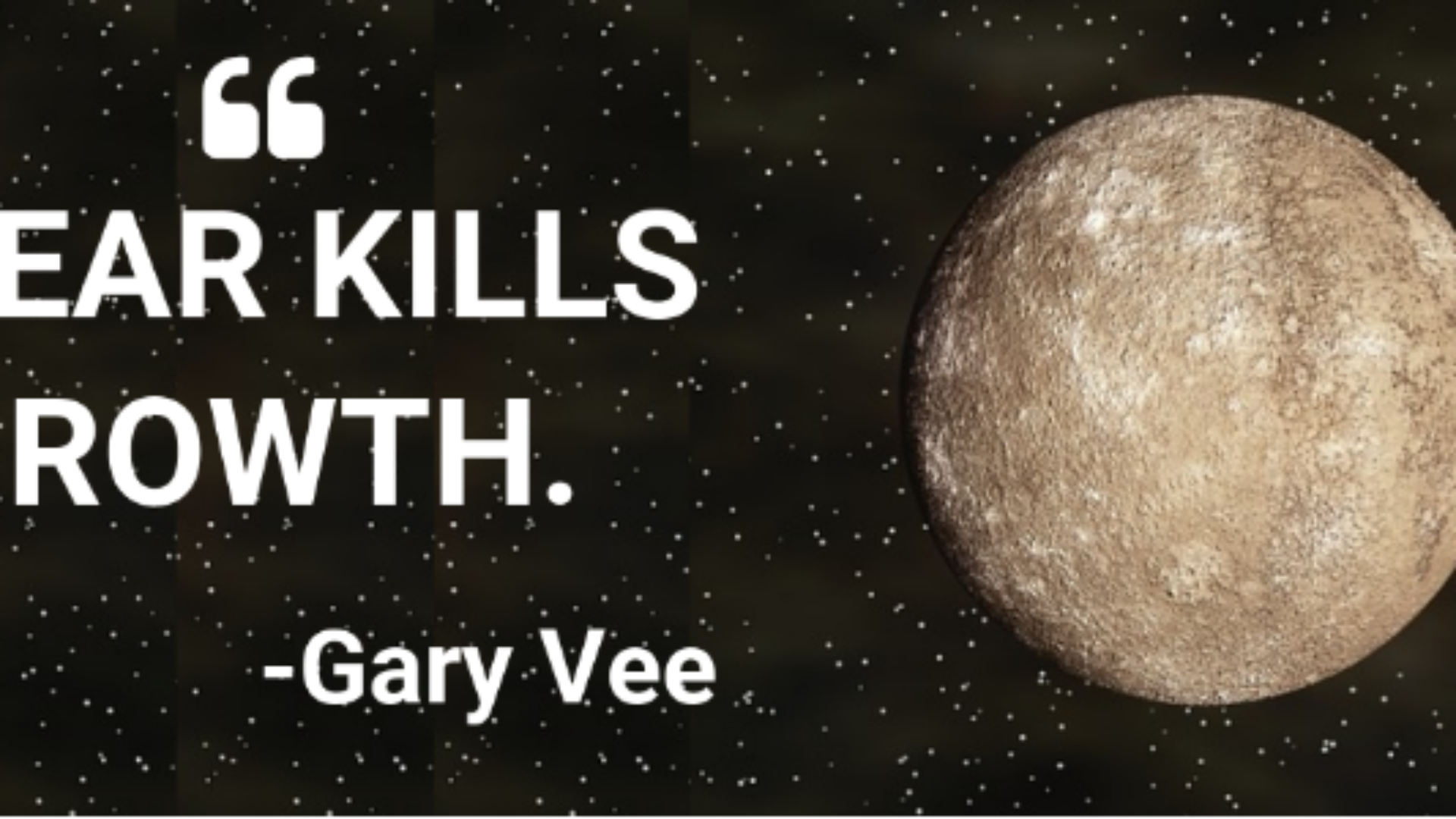What sermons and horoscopes have in common
The best of sermons afflict the comfortable and comfort the afflicted. The same can be said of horoscopes. Even when they don’t meet this high ideal, they can remind us of heaven.
There a line that I can still recall from a sermon I heard over 30 years ago, back when I was in college.
The Lutheran pastor began the sermon in a voice as loud as thunder: “Unfulfilled desires prove the existence of heaven.” He was paraphrasing C.S. Lewis and went on to explain that if a desire exists, the fulfillment of that desire must also exist.
My imagination thrilled at this and it fed my soul. Out of the many hundreds of sermons I would go on to hear in the years to come, this is the only line I remember out of all those sermons.
Zoom ahead 30+ years to today, and it is astrology and horoscopes that I partake of regularly. I recently listened to an audio of James Hillman, who was an archetypal Jungian psychologist. It is a one hour talk he gave at an astrology conference and he quoted Paracelsus:
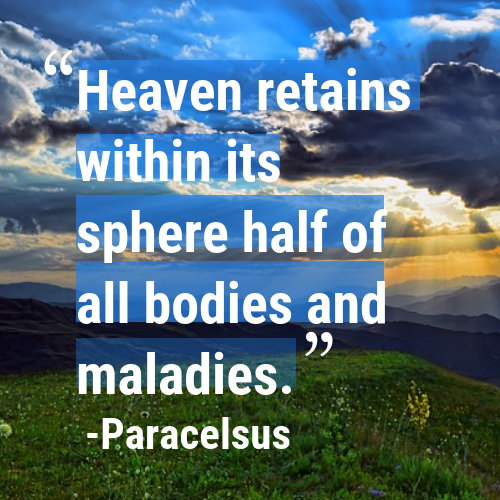
Hillman kept repeating the words “Heaven retains.” He said he takes those two words quite literally. When I heard that I had the same thrill as I did 30+ years ago when listening to that sermon,
You only get a half truth or partial understanding of others or yourself if you neglect heaven. The ultimate meaning of heaven is unknown. It is defined simply as the place beyond the sky, the unknown. It connotes the divine.
Hillman says: “Paracelsus is insisting on the invisible path of our lives. This half is not directly graspable by any natural methods of science, any kind of naturalistic or mundane thinking or understanding. […] We humans, aware that we only live in half truths, and see only through a glass darkly, turn to astrology to find a way back to heaven, to the invisible source of our bodies and maladies.”
Horoscopes and sermons can point us to heaven because it is heaven that makes them possible. It is the arrangement of the planets in the sky during a particular day or period of time that serves up the topics an astrologer must address when writing a horoscope.
For many pastors and priests, it is a lectionary, based on the church calendar, that provides the scripture reading the sermon must address.
Of course there is always the danger that a sermon or horoscope can become too prescriptive, too mired in literalism and fundamentalism. One must choose one’s purveyors of sermons and horoscopes wisely.
In my years of listening to sermons, I noticed that, even when following a lectionary, a pastor or priest would still tend to repeat the same themes over and over again, as if it was the lesson they needed to hear. This can happen to astrologers too. Jung said that teachers, ultimately, don’t teach their subject. They teach themselves (i.e. the teacher is the subject).
Astrologer Adam Elenbaas also steers us away from a literal view:
“I find that thinking too much about when to do stuff with astrology generally gets in the way. If you meditate on something in your heart, and […] have a good intention that’s not going to harm anyone … then you [should] just go with what feels right.
Part of astrology is trying to get us off the training wheels of astrology. That’s a big part of astrology, actually. We all have the inherent sense of divine timing built into us.”
Ultimately, true healing and comes from within, and not from horoscopes and sermons. But the astrologer and the pastor/priest can help transport us out of our circumstances by providing insights that remind us of what is above. Then we can find a way back to heaven, where the fulfillment of our desires, and comfort for our afflictions, awaits.
Sources:
Adam Elenbaas 9/15/19 video.
